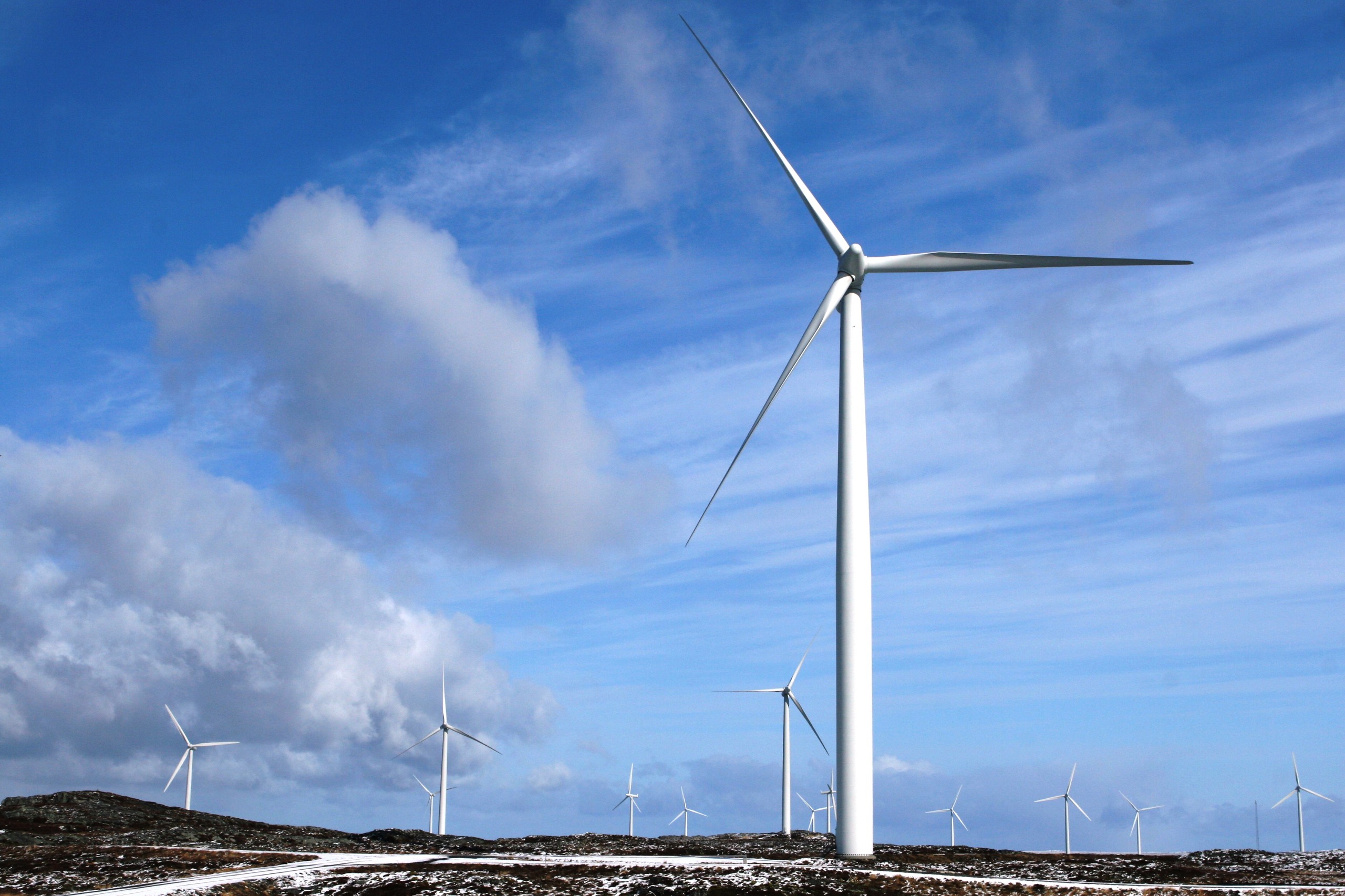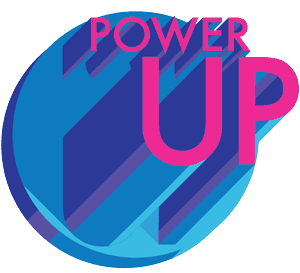

We’ve seen the official announcement of Tesla’s home battery, the Powerwall, and its industrial-sized unit, the Powerpack–potentially revolutionary products designed to enable anyone, including homeowners, to store significant amounts of electricity off-grid. It could be a big step forward for small-scale and micro-renewable energy generation, as the unpredictability of the elements has become a well-known issue when relying on renewable energy to meet personal electricity demand. Making it easy to store electricity when the sun doesn’t shine is an obvious and important solution to the problem.
But Tesla isn’t the only company hoping to tap into the increasing popularity of small-scale renewable generation. In March, U.K. energy startup Open Utility announced a platform, Piclo, for peer-to-peer electricity sales. It allows owners of small-scale renewable setups to sell their excess electricity directly to local commercial users, making it easier, fairer, and more cost-effective to get involved in micro-generation.
A Dutch firm called Vandebron has been providing a similar service in the Netherlands since 2014. A more permissive regulatory environment there means that it already has 25 producers signed up to provide energy for over 25,000 homes. The company has ambitious plans to grow; Jaap Grolleman from Vandebron says they hope to double in size by the end of 2015.
Current mechanisms for selling excess energy can be confusing and inflexible for private producers. These platforms aim to simplify the process, allowing producers to negotiate a price for their energy directly with consumers. The consumers will see benefits as well–by increasing market diversity, there will be far greater choice in buying energy, adding to the ease of selecting renewable energy over other options. More than this, engaging local communities with renewable-electricity generation can be a driver of green behavioral change in other areas.
Unfortunately, energy regulations in Britain are somewhat restrictive. Currently, to sell electricity you must be licensed, something that is prohibitively complex for private individuals. Open Utility’s solution for Piclo is to collaborate with licensed renewable supplier GoodEnergy and begin by only allowing sales to commercial consumers, rather than the general public.
James Johnston of Open Utility thinks this slight deviation could be a good thing. “Commercial organizations are beginning to realize that transparent purchasing of renewable energy is very important in tackling their ever tougher greenhouse-gas emission-reporting requirements. Our service could be the perfect solution,” he said.
In some ways a move toward more distributed energy systems mimics a return to the early days of electricity production. In the United Kingdom, as in many countries, a large number of small power stations initially met electricity demand. However, the public sector took over and centralized supply in the 1920s to promote the use of electricity, and provide it efficiently and economically.
A centralized energy system makes sense when the primary method of generation is by way of large-scale power plants burning fossil fuels. This widely adopted system led to a secure, cheap, and plentiful electricity supply. Unfortunately, it has not been without cost–involving massive CO2 output and its associated climate change impacts.
There is no particular need for renewable-electricity generation to follow the same system. Although most methods can be scaled up, for example in wind or solar farms, they can also run much smaller operations, providing energy for just one household or street. Platforms like Open Utility and Vandebron offer the potential for renewable-energy markets to be as flexible as renewable generation.
Both companies have found gaining credibility to be one of the biggest challenges in getting started, though, since consumers and providers are accustomed to centralized energy systems. However, alongside hardware innovations like Tesla’s home battery, the benefits of widespread, small-scale generation are becoming hard to ignore.
Grolleman said, “Like Airbnb, Spotify, and Uber, peer-to-peer energy has found problems with the old ways of doing things and used technology to makes things more easy and more logical. It may be seem strange at first, but peer-to-peer energy is here to stay.”


How We Get To Next was a magazine that explored the future of science, technology, and culture from 2014 to 2019. This article is part of our Power Up section, which looks at the future of electricity and energy. Click the logo to read more.
